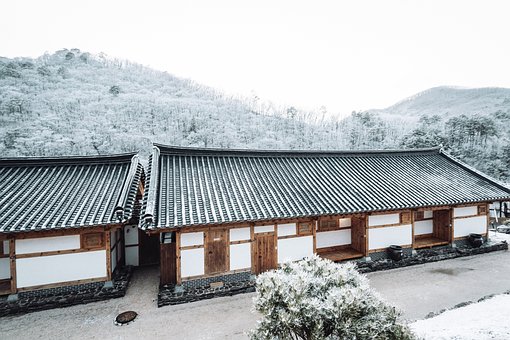When first joining Larung Gar, due to immaturity, we tended to be prideful when making progress in our study, H.H. Jigme Phuntsok Rinpoche would regularly dismantle our ego by various means. Therefore, we dared not be conceited regardless how much progress we made. Our teachers were ruthless to a student with potential, seemingly scolding us daily. Because they were confident that the disciples would not get irritated and take off, thus he subdued us without holding back.
~Depicted from LUMINOUS WISDOM BOOK SERIES











